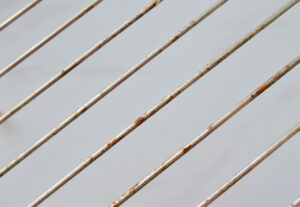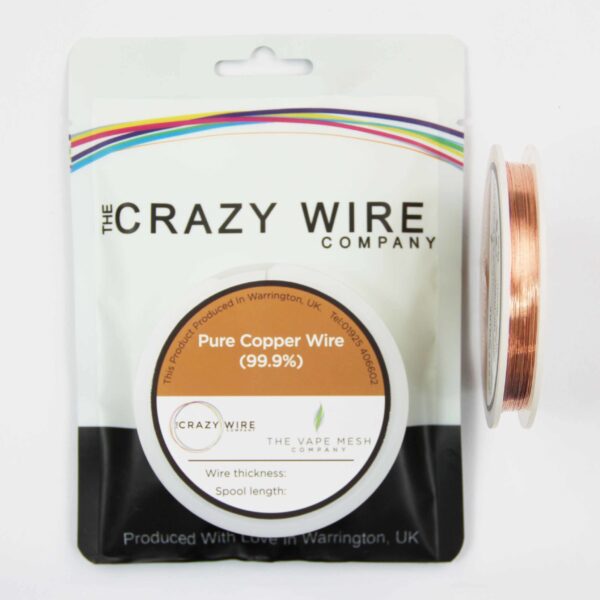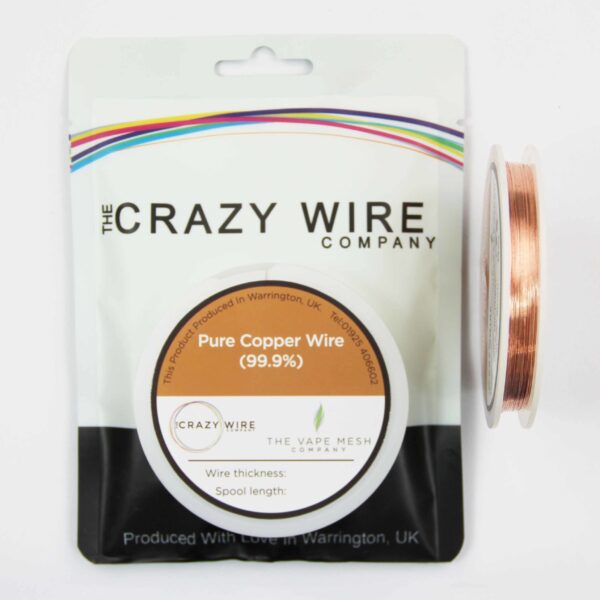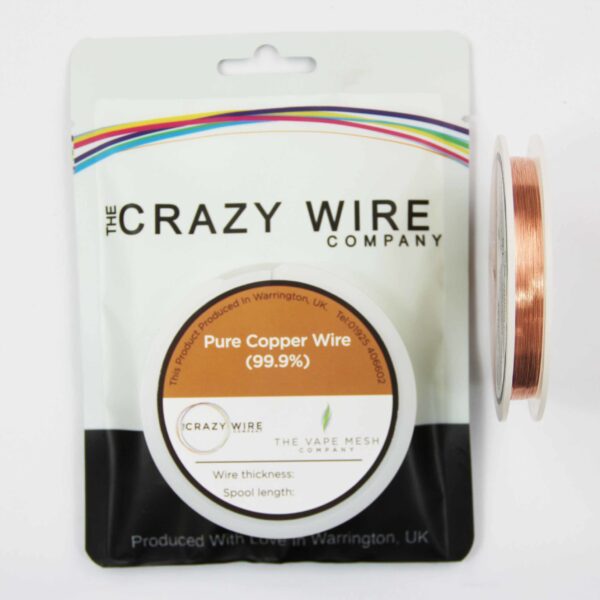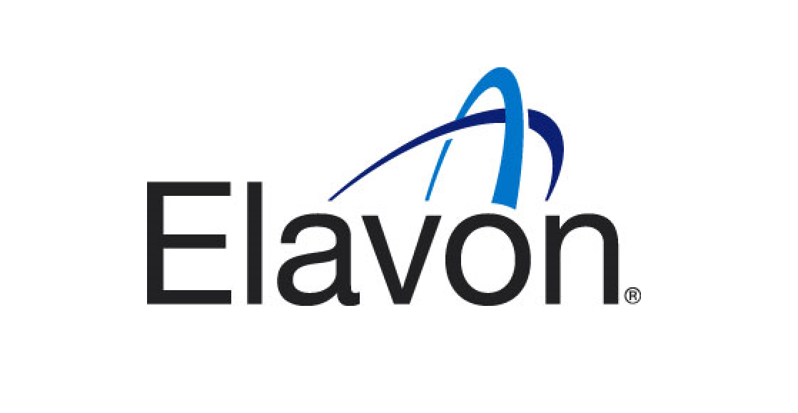The story of bare copper wire is as rich and intricate as the material itself, stretching back thousands of years to the dawn of human civilization. A vital component of technology, infrastructure, and industry since ancient times, copper has been an indispensable resource throughout history. Here, we will explore the history and evolution of bare copper wiring, its early uses, the technological advances that shaped its development, and its applications in the world of high technology today. This journey won’t only illuminate the past, but also provide insight into its future.
Early Uses of Copper: The Dawn of Metallurgy
Copper is one of the first metals to have been used by humans, with its discovery dating back to around 9000 BCE in the Middle East. The early use of copper was facilitated by its availability in a native, metallic form, which could be hammered into shapes without the need for smelting. These early applications included tools, weapons, and decorative items, highlighting copper’s versatility and malleability.
The invention of smelting around 5000 BCE marked a significant milestone in the history of copper wires. This process allowed for the extraction of copper from its ores, significantly expanding its availability. The smelting of copper ore not only increased the supply but also led to the creation of more complex and durable tools and artifacts. The discovery of alloying copper with tin to produce bronze around 3000 BCE heralded the Bronze Age, a period characterised by significant advancements in tools, weapons, and infrastructure.
Copper in Ancient Civilizations
Several ancient civilizations, including the Egyptians, Mesopotamians, and the Indus Valley civilization, harnessed the power of copper for various purposes. In Egypt, copper was used extensively in construction, with copper tools playing a crucial role in the building of the pyramids. The Egyptians also used copper for plumbing, creating an early form of water distribution system.
In Mesopotamia, copper was integral to the development of trade networks, with copper artifacts being exchanged across vast distances. The Indus Valley civilization, known for its advanced urban planning and infrastructure, utilized copper in its extensive drainage systems and for crafting a variety of tools and ornaments.
The Advent of Copper Wiring
The use of bare copper wire as an electrical copper conductor began in the 19th century, coinciding with the advent of electricity and the telegraph. The development of the telegraph system by Samuel Morse in the 1830s and 1840s required long, continuous lengths of conductive material to transmit signals over great distances. Copper, with its excellent electrical conductivity, became the material of choice.
The late 19th century saw further advancements with the invention of the telephone by Alexander Graham Bell in 1876. Copper electrical wire was used to connect telephones over long distances, laying the groundwork for modern telecommunications. The introduction of electric power distribution systems by pioneers like Thomas Edison and Nikola Tesla further cemented copper’s role as a critical component in electrical infrastructure.
Copper Wire Manufacturing: From Handcrafted to Industrial Scale
Initially, bare copper wire was produced by manually drawing the metal through a series of dies, a labor-intensive process that limited production volume. However, the Industrial Revolution brought about significant changes in manufacturing techniques. The development of wire drawing machinery in the 19th century enabled the mass production of copper wire, making it more accessible and affordable.
The continuous casting process, introduced in the mid-20th century, revolutionised raw copper wire production. This method allowed for the continuous production of copper rods, which could then be drawn into wire with greater efficiency and consistency. The use of oxygen-free high conductivity (OFHC) copper, developed in the 1960s, further enhanced the quality and performance of copper wire, making it suitable for high-end electrical applications.
Modern Applications of Bare Copper Wire
Today, bare copper wire is ubiquitous in a wide range of applications, reflecting its unmatched combination of conductivity, malleability, and durability. Some of the key areas where bare copper wire is used include:
1. Electrical Wiring and Cables: Copper remains the preferred material for electrical wiring in residential, commercial, and industrial buildings due to its excellent conductivity and reliability. Copper wires are used in power distribution networks, connecting power generation stations to homes and businesses.
2. Telecommunications: Copper wire forms the backbone of telecommunications networks, including traditional telephone lines and DSL internet connections. Despite the rise of fiber optics, copper wiring remains prevalent due to its cost-effectiveness and ease of installation.
3. Electronics: Bare copper wire is a critical component in the manufacturing of electronic devices, including computers, smartphones, and televisions. Copper’s excellent thermal and electrical properties make it ideal for printed circuit boards (PCBs) and other electronic components.
4. Automotive Industry: Copper wire is extensively used in the automotive industry for wiring harnesses, connecting various electrical components within vehicles. The increasing complexity of modern vehicles, with their numerous electronic systems, has led to a greater demand for high-quality copper wiring.
5. Renewable Energy: The renewable energy sector relies heavily on copper wire for the transmission of electricity generated by solar panels, wind turbines, and other renewable sources. Copper’s efficiency in conducting electricity helps maximise the output from these systems.
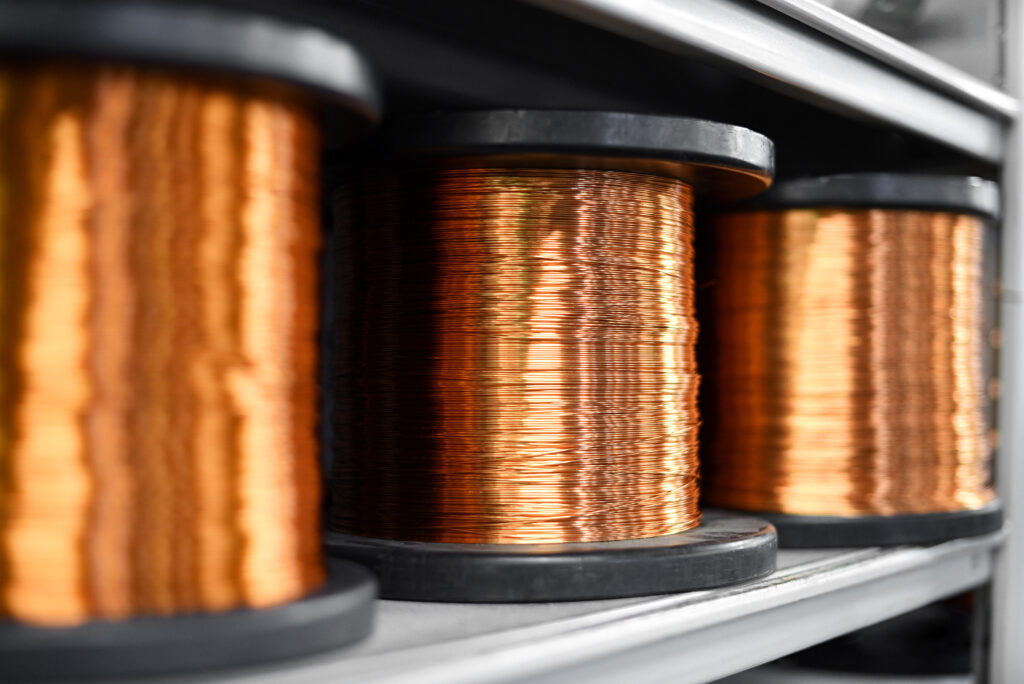
Technological Advancements and Innovations
The evolution of bare copper wire has been marked by continuous technological advancements aimed at improving its performance and expanding its applications. Some of the notable innovations include:
1. Superconducting Wires: Researchers have been exploring the use of copper in superconducting wires, which can conduct electricity with zero resistance at extremely low temperatures. This technology has the potential to revolutionise power transmission and storage, reducing energy losses and enhancing grid efficiency.
2. Nanotechnology: The application of nanotechnology to copper wire manufacturing has opened up new possibilities for enhancing its properties. Nanostructured copper wires exhibit improved strength, conductivity, and resistance to corrosion. This makes them suitable for advanced electronic and aerospace applications.
3. High-Frequency Applications: The development of high-frequency copper wires has enabled their use in applications such as radio frequency (RF) and microwave communication systems. These wires are designed to minimise signal loss and interference, ensuring reliable data transmission in high-frequency environments.
Environmental Impact and Sustainability
As the demand for copper continues to grow, so does the need to address its environmental impact. Copper mining and processing can have significant ecological consequences, including habitat destruction, water pollution, and greenhouse gas emissions. However, several initiatives are underway to promote sustainable practices within the copper industry.
1. Recycling: Copper is highly recyclable, with nearly 80% of the copper ever mined still in use today. Recycling copper not only conserves natural resources but also reduces the energy consumption and environmental footprint associated with mining and refining. The recycling process involves collecting and melting down scrap copper. This can then be reused in various applications.
2. Responsible Mining: Efforts are being made to promote responsible mining practices that minimise environmental impact and ensure the well-being of local communities. This includes implementing stricter regulations, adopting cleaner technologies, and promoting transparency and accountability within the industry.
3. Green Technologies: The development of green technologies, such as electric vehicles and renewable energy systems, has increased the demand for copper. These technologies have the potential to reduce greenhouse gas emissions and reliance on fossil fuels, contributing to a more sustainable future. However, it is crucial to balance the environmental benefits of these technologies with the environmental costs associated with copper production.
The Future of Bare Copper Wire
The future of bare copper wire is poised to be shaped by several key trends and emerging technologies. As the world continues to evolve, the role of copper wire in enabling technological advancements and supporting sustainable development will remain paramount.
1. Electrification and Smart Grids: The global shift towards electrification, driven by the need to reduce carbon emissions and combat climate change, will increase the demand for copper in wiring. Smart grid technologies, which enable more efficient and reliable power distribution, will rely heavily on high-quality copper wiring to support advanced monitoring, control, and communication systems.
2. Internet of Things (IoT): The proliferation of IoT devices, which connect and communicate with each other via the internet, will require robust and reliable copper wiring infrastructure. Copper’s superior conductivity and durability make it an ideal choice for supporting the vast network of sensors, actuators, and other IoT components.
3. Advanced Manufacturing: Advancements in manufacturing techniques, such as additive manufacturing (3D printing) and automated assembly processes, will enable the production of more complex and customised copper wire products. These innovations will enhance the performance and versatility of copper wire, expanding its applications in various industries.
4. Renewable Energy Integration: As the world transitions to renewable energy sources, the integration of these systems into existing power grids will necessitate the use of high-quality copper wiring. Copper’s efficiency in transmitting electricity will be critical in ensuring the reliable and efficient distribution of renewable energy.
5. Emerging Technologies: Emerging technologies, such as quantum computing and advanced robotics, will drive new demands for copper wire with specialised properties. Researchers and engineers will continue to explore innovative ways to enhance copper wire’s performance, ensuring it remains at the forefront of technological progress.
The history and evolution of bare copper wire is a testament to human ingenuity and the relentless pursuit of progress. Throughout history, copper wire has continually adapted to meet the changing needs of society, from its use in ancient civilizations to its pivotal role in modern technology. The development and sustainable use of copper wire will be crucial in addressing the challenges and opportunities of the 21st century.
Copper wire will remain a cornerstone of technological advancement and infrastructure development in an increasingly interconnected and electrified world. Copper wire can continue to power our world for generations to come by embracing innovative manufacturing technologies, promoting sustainable practices, and exploring new applications.
Thank you for taking the time to read our blog. We hope that the information above helped you in the search for the right product for your project.
If you are interesting in learning more about wires, check out our blog on Everything You Need To Know About Copper Wire or take a look at our range of Copper Wires.
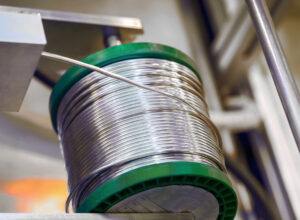
Nichrome Wire Safety: Top Tips for Working Safely
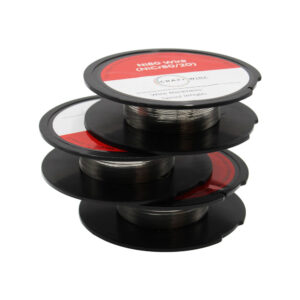
Best Wire for Electronics Projects
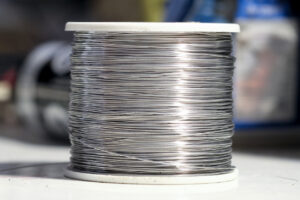
Is Ni80 Wire Suitable for DIY Heating Elements

Wire Grades Explained
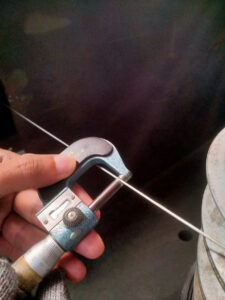
How Wire Diameter Affects Strength and Flexibility

How to Cut and Shape Wire for Custom Applications

Can Wire Be Used in 3D Printing?
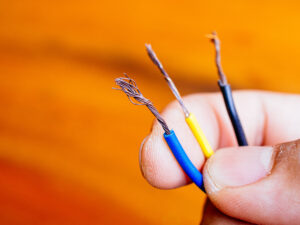
How Wire Composition Affects Conductivity
